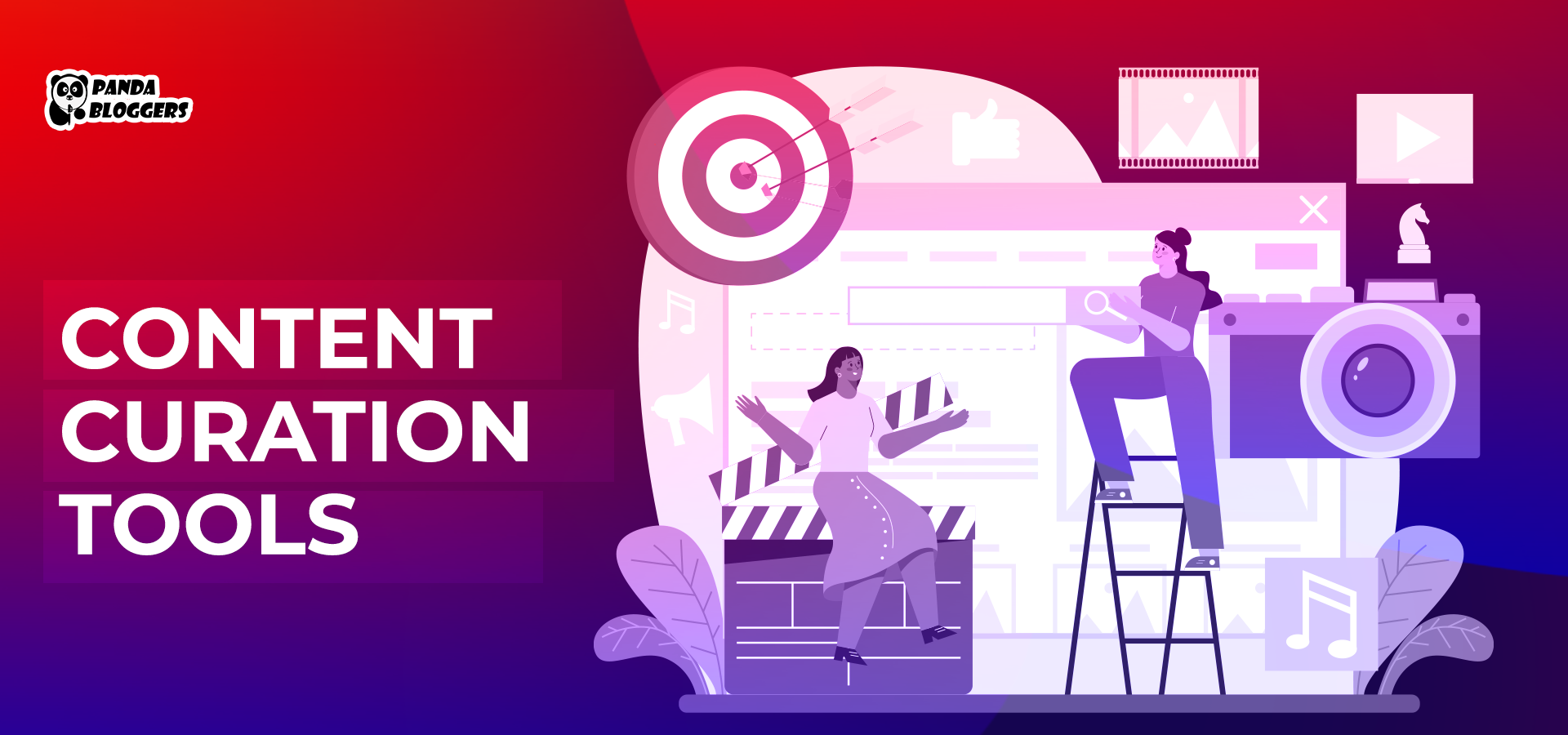 Content Curation Tools
Content Curation Tools
Enterprises across sectors reskill and upskill employees by running various learning and development (L&D) programs. Some of these L&D programs help employees learn new technologies and languages, while others boost their performance and productivity by honing their job skills. However, every L&D program requires companies to deliver relevant and up-to-date content.
Also, employers must ensure that each employee can access the eLearning content in his desired way – reading eBooks, watching videos, listening to audio, or taking quizzes. Enterprises meet eLearning content needs in a variety of ways. Some companies produce eLearning content by deploying in-house content creators.
At the same time, some companies curtail costs by gathering and sharing content curated from various sources. They leverage content curation tools to share valuable and relevant content related to a specific topic or skill with each employee. A modern organization can curate content using both conventional and AI-powered content curation tools. We are making it easier for decision-makers to speed up eLearning content creation by discussing important aspects of content curation tools.
What are the Key Categories of Content Curation Tools?
In the age of intelligence technologies, content curation tools can be divided into two primary categories – conventional or artificial intelligence (AI) driven. Conventional tools select content based on core principles of content curation – finding, organizing, and curation. They initiate the process by finding relevant content from various sources.
Subsequently, they filter and review the content using important criteria like relevancy, currency, and credibility. They make the content engaging by adding context and structure to the information. On the other hand, new-age content curation tools replace conventional principles with AI and machine learning (ML) algorithms.
AI and ML algorithms make the software effective in curating the most relevant content by analyzing large volumes of data. They further share personalized eLearning content with each employee according to individual requirements and preferences. Hence, many organizations these days opt for AI-powered content curation tools to drive L&D initiatives by delivering engaging and personalized content to each employee.
Why Enterprises Prefer Content Curation Tools to eLearning Authoring Tools?
eLearning authoring tools enable instructors/trainers to create online learning content in multiple formats. They accelerate online content and course creation by providing customizable templates and visual editors. Also, instructors can use the software to repurpose and reuse existing content.
However, content creation tools eliminate the need to create and optimize eLearning content. They focus on collecting and sharing eLearning content produced by experts and subject matter experts. Also, the search interface provided and content recommendations made by the software enable employees to understand a topic deeply.
Here are some features and benefits that make companies and startups prefer content curation tools to eLearning authoring tools.
Enable Employees to Choose
The choice of digital content format varies from one individual to another. Several studies suggest that most internet users prefer watching videos. However, many internet users read eBooks and watch audio. Hence, your organization cannot boost L&D initiatives without enabling learners to access eLearning content in various formats.
While delivering content, content curation tools for education consider the preferences of individual learners. They ensure that each learner can acquire knowledge by accessing content in his preferred way. Hence, it becomes easier for enterprises to curb eLearning implementation costs significantly.
Foster Deep Understanding
In addition to sharing curated content, the content curation solutions feature intuitive search interfaces. Employees can use the search interface to understand a topic or concept deeply by accessing relevant information instantly. Additionally, content curation software helps foster deep understanding and knowledge retention by recommending additional content to learners.
Share Thought Leadership Content
Thought leadership content boosts enterprise L&D by sharing research, trends, information, and insights. The unique and original content pieces are usually written and published by subject matter experts. No organization can produce thought leadership content using eLearning authoring tools.
Often in-house content creators lack the expertise and experience required to produce thought leadership content. However, content curation tools use AI technologies to find and share thought leadership content published by industry experts and leading brands.
Keep eLearning Content Current
In addition to keeping eLearning content in multiple formats, organizations must focus on delivering up-to-date information to employees. Hence, instructors must review and update the eLearning content to boost L&D initiatives.
Content curation tools ensure that each employee accesses up-to-date information about a topic or skill. As the software curates content on the go, it shares the latest news and information with learners. Also, it creates opportunities for learners to learn a topic by finding relevant and updated information.
Discuss Emerging Industry Trends
Industry 4.0 technologies have been creating and changing industry trends frequently. No organization can reskill and upskill employees without making them understand existing and emerging industry trends. Content curation tools collect content produced by various brands and experts.
The third-party content always discusses industry trends. Also, they facilitate industry trend adoption by sharing best practices and challenges. The content curated by the software helps employees understand current trends and monitor emerging trends based on real-time data.
Curb Content Creation Time and Cost
Most companies these days run multiple L&D programs – compliance, technology, language, onboarding, product, marketing, sales, and data analysis. They need both resources and skills to produce eLearning content for multiple training programs.
Despite using eLearning authoring tools, instructors need time to produce eLearning content in multiple formats. Content curation tools help enterprises eliminate the need to produce multi-format content. Small businesses and startups leverage the software to run eLearning programs successfully without incurring content creation costs.
Conclusion
While discussing the types and benefits of content curation tools, we must remember a surge in the demand for digital library software. Leading digital library platforms these days provide off-the-shelf content and share curated content. Many organizations prefer digital library software to content curation tools to enable employees to access a diverse repository of multi-format content.
The software drives L&D initiatives by providing access to eLearning content in multiple formats – eBooks, journals, videos, audio, infographics, simulations, and quizzes. Also, they engage and motivate employees using popular gamification techniques like virtual coins and badges. An organization can boost eLearning content delivery by integrating the cloud-based digital library with a learning management system or online classroom software.









Leave a Reply